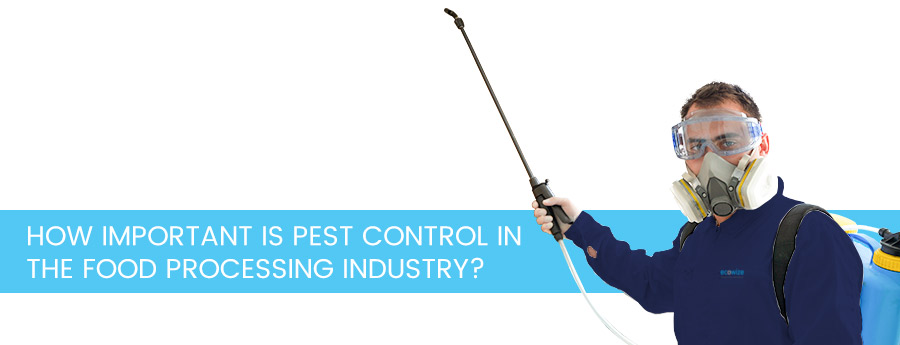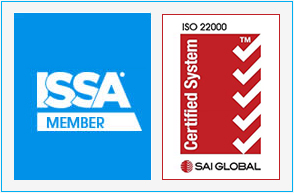Did you know that food poisoning bacteria is often spread by disease-carrying pests that make their way into food processing or storage facilities? That’s why pest control and pest management are essential for a successful food safety program and best implemented through the help of pest control experts, committed to protecting your brand.
Pest control can be a challenging task in smaller facilities, and seem like an unmanageable problem in larger operations, however not addressing them can have severe consequences. Pests such as the house fly, rodents and cockroaches can spread bacteria and parasites with minimal effort, posing great risk to any food related operation. The CDC mentions that rodents and mice transmit over 24 diseases with PennState College of Agricultural Science indicating the house fly transmits more than 65 diseases either directly or indirectly. Dead or alive, the smallest of pest infestations are cause for concern and should be attended to with pest prevention methods or integrated pest management solutions.
Pest Prevention, Best Practices
- Close and seal all points of entry;
- Eliminate any harbourage in and around buildings and as far possible prevent access to food, water and shelter;
- Monitor and check machinery, equipment and your facility often, especially storage areas;
- Provide adequate training for your staff – what to look for and the importance of reporting any sightings; and
- Work with a reputable company to assist with a pest control program that is suitable for a food processing environment
What is Integrated Pest Management?
“Integrated Pest management” (IPM) is considered mandatory in food processing and storage facilities as part of any food safety program. An Integrated Pest Management approach consists of the following steps:
- Identification: The monitoring of the environment and identification of all pests.
- Evaluation: Population size and damage extent evaluations to determine accurate control
measures and action thresholds.
- Prevention: Implementation of pest prevention as a first line of defense to avert possible
threats
- Control: Once it is determined that prevention options are no longer available, control
programs will be implemented to manage any threats
- Follow-up: Routine follow-ups will take place to monitor the implemented programs
- Re-evaluation and adaptation: Control programs will be evaluated and appropriate revisions made to ensure they remain effective against threats.
Ecowize has been providing commercial/industrial pest control services to the food and other industries for over 15 years. Keep your products safe and protect your brand by contacting us today for your obligation free quote.
Comments are closed.





